On August 28th, 1963, hundreds of thousands of people marched on Washington. The march organizers struggled to put their common intent into words. In fact, there was no plan. There was no real concrete goal.
And yet every one of those people joined together on that day through unified, unspoken intent. There was minimal promotion. (That was in the days before targeted Facebook ads.) And yet everyone was there.
When Martin Luther King, Jr. spoke to those people, he did not break down a step-by-step plan of how to further Civil Rights in America. He hardly spoke of the Civil Rights movement at all.
Instead, he spoke of justice and liberty, of faith and dreams, of their intent.
All ideas that take hold are rooted in intent, whether consciously or not.
Intent drives behavior. And, being conscious of your intent enables you to root your content in that intent, ensuring higher engagement, increased conversions, and built-in virality.
But this intent nonsense seems awfully abstract.
Yes, at this point, you’re probably thinking that intent seems a little nebulous and undefined. That’s because it is.
Intent isn’t defined by the words you use, but the space between the words – the feeling that the words come together to represent. But, while intent can’t be defined, how to find, apply, and measure intent can be.
1. Find Your Intent
The first step in intent marketing is to find your intent.
This requires a paradigm shift. Most people start by asking themselves what it is they are doing. However, those who inspire start by asking themselves why they are doing it.
Simon Sinek presents a model of intent called the Golden Circle.
He states that society teaches us to be doing from the outside-in, working from what to how without ever knowing why. What do I have to do? I need to pay the rent! How? I need to get a job! Why? Umm… To pay the rent?
This circular reasoning creates an endless feedback loop that prevents us from realizing our obfuscated intent of why.
However, by decompressing and becoming present, the noise is filtered out and the signal comes through. We return to our natural, latent state of being from the inside-out. Why am I being? To foster interconnection. How am I fostering interconnection? Through my craft. What does that consist of? It doesn’t really matter.
By experiencing this polar-shift and leaving the concrete what undefined instead of the abstract why, we can engage in limitless potential. Because we aren’t limiting ourselves to what we define, we can manifest our why into many whats.
Example: Lifestyle companies – To inspire and drive behavior, your intent doesn’t have to manifest in an entirely altruistic form. In fact, it serves commercial purposes just as well, if not better.
Take Facebook, for example.
Though the legend of its inception is less than flattering, it always has fulfilled the fundamental need for us to connect with others. This is its intent. This is its why. To foster the interconnection between us. (This was explored in the infamous “Facebook is like chairs” video.)
And the intent resonates, evidenced by extraordinary growth. Facebook’s active users grew from 1 million people to 1 billion people in 8 years.
Beyond the sheer number of active users is how deeply the activity runs. A staggering 728 million users are active daily, spending an average of 20 minutes per visit. Evidenced by these habit-forming metrics, Facebook obviously is tapping into something deeper within us.
But is it really an honest, intentional company? Are they actually motivated by their intrinsic why?
Looking toward the intentions of co-founder and CEO Mark Zuckerberg might hold some answers. Zuckerberg has managed Facebook as a long-term, intrinsic passion. He has rejected extrinsic temptations with eyebrow-raising tenacity since the company’s inception, in defense of its why.
For example, Facebook has been cautious and intentional about building up revenue streams. In other words, it has been slow to introduce paid ads and later mobile ads, so as to not diminish the user experience or cloud the meaning of the product.
Media company buyout offers heated up in 2006. Major tech companies approached Zuck for investment in 2007, but he rejected nearly all of their propositions. (In 2006, Viacom offered a cool $750 million. Zuckerberg raised the asking price to $2 billion, and they balked. Later that year, Yahoo! offered $1 billion, but Zuckerberg lost interest in the deal. In 2007, both Microsoft and Google approached. Microsoft closed with a 1.6% share of the company.)
The resistance to buyouts and the reluctant approach to investment offers extended to the IPO. Zuckerberg held on to private ownership as long as he could, filing only when the company reached 500 shareholders.
If Zuckerberg (and in turn, Facebook) was driven by extrinsic profit, he would’ve cashed out early on. With Facebook now sitting as a multi-billion dollar company, it’s easy to say, in hindsight, that he obviously made the right decisions. But back in 2006, Zuckerberg was a 22-year-old with a 2-year-old company. That $750 million Viacom offer would have been a temptation to many.
However, Zuckerberg’s blind pursuit of the meaning behind Facebook, and not the profit, is what has made Facebook so valuable, both intrinsically and extrinsically.
His intrinsically-motivated attitude extends even beyond the company’s strategic decisions and runs borderline anti-establishment. When Zuckerberg held an initial meeting with investors to discuss the IPO, he wore a hoodie instead of a suit.
Now that’s badass.
Ask yourself why. To find your intent, look deeper than what you’re doing.
Nobody cares about the value of your consulting services or the features of your to-do list software. Instead, ask yourself why you’re doing what you’re doing.
Then start talking about that.
People don’t buy what you do. They buy why you do it. ~ Simon Sinek
2. Apply Your Intent
Now that you’ve become zen and have found your intent, it’s time to put it to work.
Define your outcomes. Two outcomes must be defined:
- the abstract conclusion you want to bring your audience to
- the concrete behavior you want to drive them to
Here is a brief primer in narrative theory:
Why both an abstract and a concrete outcome?
Joseph Campbell, a renowned narrative theorist, describes how characters must define their abstract ideals in order to fulfill them through concrete behavior. That is, they must find their intent before being driven to action.
What’s great about this model is that it is applicable beyond storytelling. It applies to human behavior. Marketing is just storytelling, and each audience member is the hero in the story you tell.
First, let’s discuss the abstract conclusion. You must lead your audience to a shift in perception or a change of heart. This effectively builds a strong foundation on which to drive their concrete behavior.
Example: The Truth about Abs – Mike Geary is an entrepreneur whose flagship product is an eBook about how to get six-pack abs. This sounds pretty standard, until you learn that he…
- drives over $1,000,000 in revenue per month
- has a fitness and health newsletter with 680,000 subscribers
- maintains a rich two-way affiliate backend in which he promotes the products of others, and they, in turn, promote his
The driving reason behind this informational product’s success is that it doesn’t give its audience what they want – a shortcut to six-pack abs. It gently brings them around to what they need – a complete shift in lifestyle through diet and exercise.
This is a delicate thing to execute, because being too aggressive would alienate the audience, and being too passive would lead to a lack of results. But finding this balance can lead your audience to an invaluable shift in perception.
If you wish to make an apple pie from scratch, you must first invent the universe. ~ Carl Sagan
Example: Tesla Motors Retail Stores – You can’t buy a Tesla at its retail locations. That isn’t the company’s intent.
Instead, the entire purpose of Tesla’s retail locations is to educate customers about electric-powered vehicles and shatter any negative preconceived notions they might have, by letting them see and interact with the product.
Tesla leads its customers to the conclusion that electric-powered cars actually are superior to other options, which results in more orders. The company leads customers to its intent.
Second, now that you’ve defined an abstract foundation and set of values for your audience, let’s discuss driving them to a concrete behavior to fulfill those values, which usually is a conversion goal like an email submission or a sale.
Example: JamesClear.com – James Clear is an entrepreneur and blogger who has built an email list of over 30,000 subscribers in just under a year. Those are impressive numbers!
If you take a look at his site, you’ll understand why.
All aspects of the site are built around driving visitors to a behavior – submitting their email address as an opt-in to a newsletter. His front page is a landing page in and of itself, something very few bloggers do.
His intention design extends beyond his site. He syndicates his content to sites like Quora, Medium, and Huffington Post, all of which link back to his site. Each one of his links goes directly to a landing page.
Clear does an incredible job of reinforcing values to drive behavior in a very tangible way. His landing pages are minimal. The copy exists only to instill the values that result in a form conversion.
So, utilize your defined outcomes to build an informed structure through content and design that upholds your defined values and behaviors. No longer do you have to take a shot in the dark.
Example: QuickSprout.com – When you visit QuickSprout.com, the first page you see is a blank line encouraging you to type in the URL of your website. If you do, you get a comprehensive report of your website with suggestions for improvements. Then, it asks you to opt-in with an email.
This is Neil Patel’s latest conversion strategy, and it is genius. First, he asks his audience for something small (their website URL), then he provides value (an automated report), and then he asks them for something bigger (their email).
People become excited about the value of website optimization through the example of their own site, making them more likely to perform the conversion behavior of opting-in. Both content and design are informed by Neil Patel’s defined values and conversion goals.
Okay, now that the structure is in place, it’s time to see how your intent holds up.
3. Measure Your Intent
Intent metrics – like engagement, conversions, and virality – are not new. They have existed since the beginning of human interaction. However, during the 1968 March on Washington, they were a lot harder to measure than they are now.
The precise measurability of these intent metrics in our modern, connected age puts us at an advantage, and enables us to determine the effectiveness of our efforts.
You can measure the effectiveness of leading your audience to your defined abstract conclusion (a shift in perception or a change of heart) through qualitative feedback with tools like Qualaroo.
And, you can measure the effectiveness of driving your audience to perform a concrete behavior through analytical data.
Iterate to reveal your intent. Your why (or your intent) is timeless and unchanging. Your what, however, must iterate to reveal this intent.
Through measurement of intent metrics, you can test and iterate your what so that your underlying why shines through.
Example: Obama campaign – From their website donation form to their email subject lines, the Obama campaign rigorously tested the effectiveness of leading their audience to the next step, whether that step was a sign-up, a repeat donation, or sharing a message with a friend.
Many of their assumptions were challenged. For instance, the donation form page consisted of one long form, a logical way to design it. However, after splitting up the form into a four-step process, they saw a 5% lift in conversions, which translates into some serious dollars.
A quote from Kyle Rush, a key member of the optimization team, reveals the extent and impact of their testing. “Overall we executed about 500 a/b tests on our web pages in a 20-month period, which increased donation conversions by 49% and sign-up conversions by 161%.”
Intent drives behavior. Indeed, even though Martin Luther King, Jr. spoke only of abstract intent during his speech, it led to concrete outcomes. The resonance of his speech echoed throughout subsequent generations, and America was driven to fulfill these instilled abstract values through concrete behavior.
- Intent enables structure. By finding and defining your intent, you can build an informed structure through content and design.
- Structure enables behavior. Through this informed structure, you can lead your audience to your defined abstract conclusions and concrete behaviors.
- Measurement enables flow. Testing and iterating your structure enables you to more effectively lead your audience to your intent and defined outcomes.
- Finally, you are your intent. Why you do what you do defines who you are.
By speaking of your intent, you will build an audience that shares and appreciates your values, an invaluable asset that will lead to intrinsic fulfillment. Then, the extrinsic rewards and conversion goals simply are a positive side effect.
About the Author: Matt Akins is an inbound marketer.
Image Credit: Photo of Mark Zuckerberg

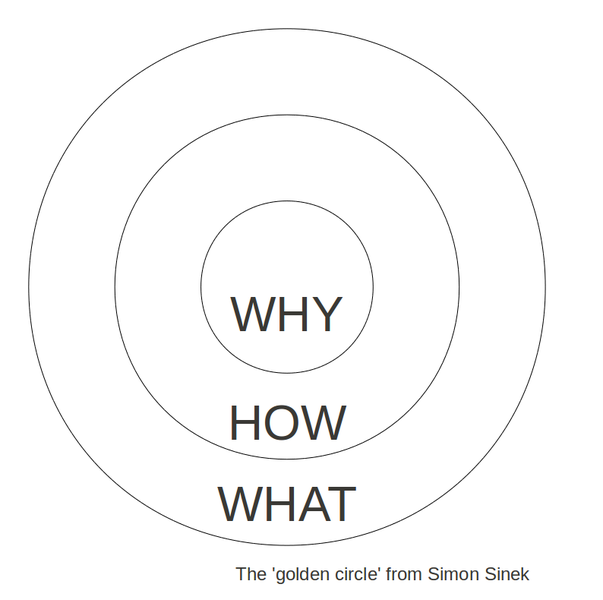
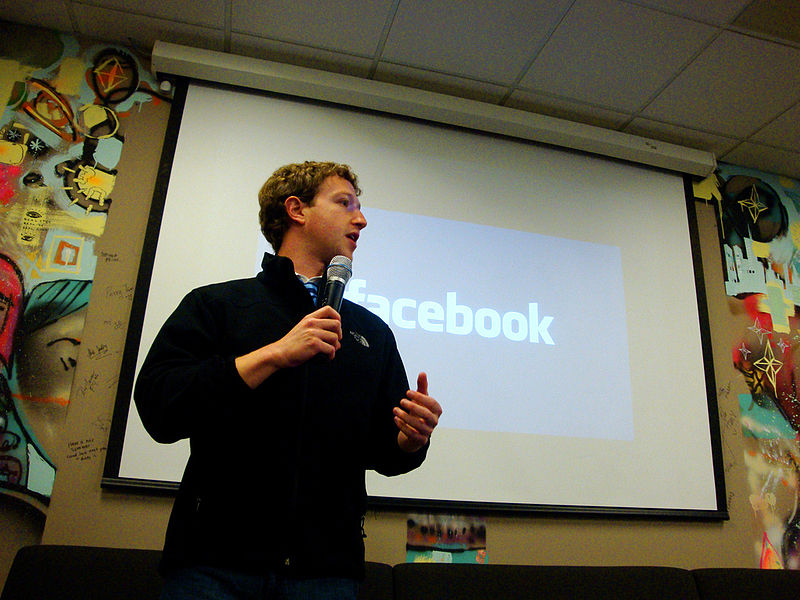
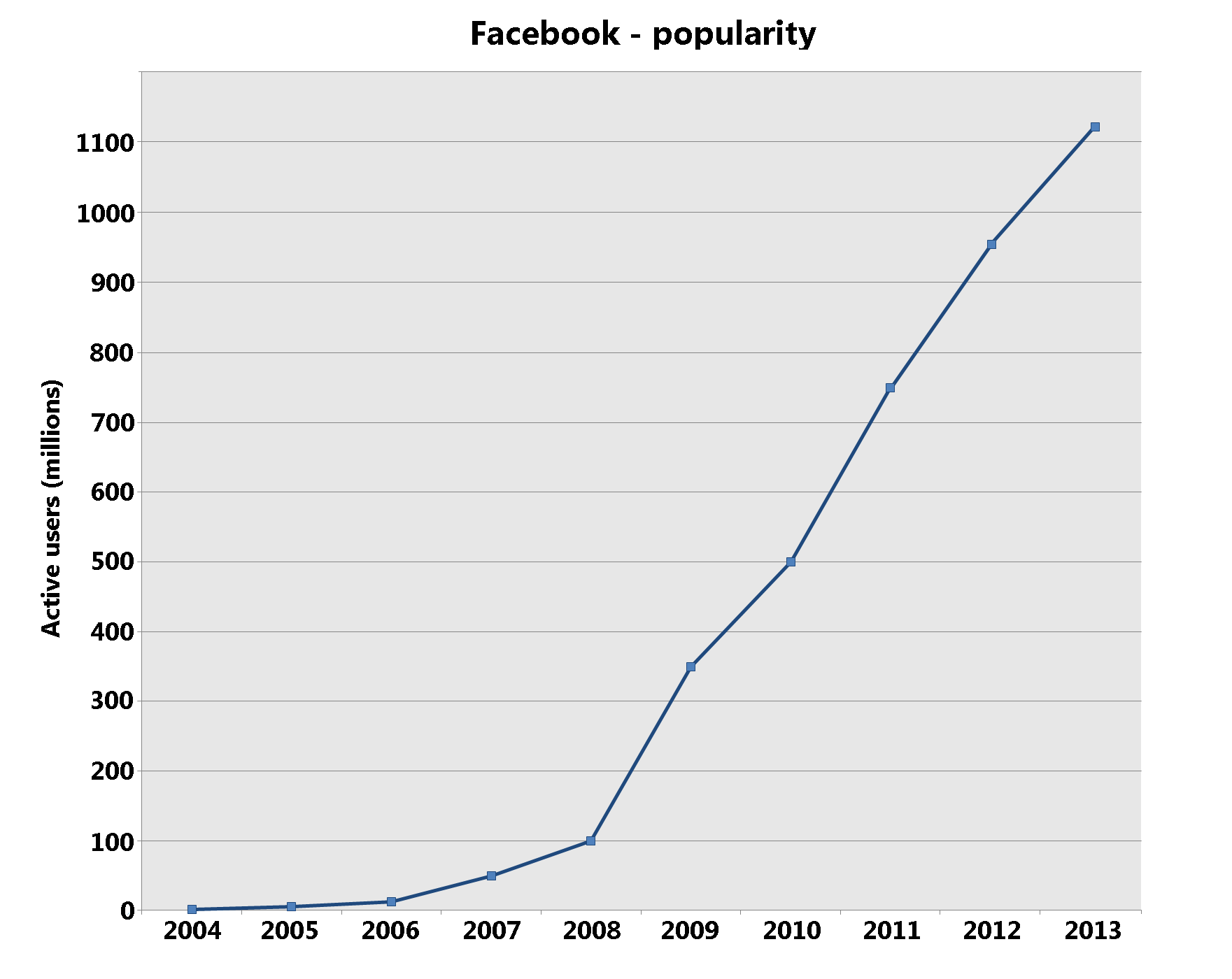
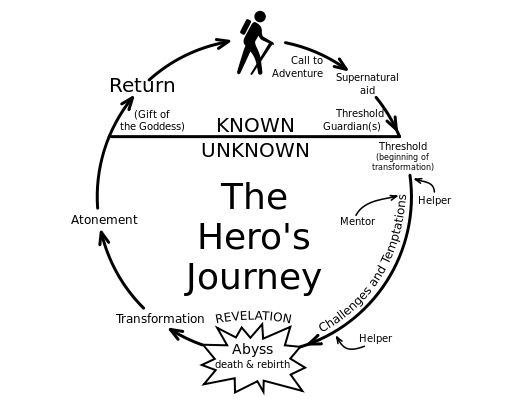
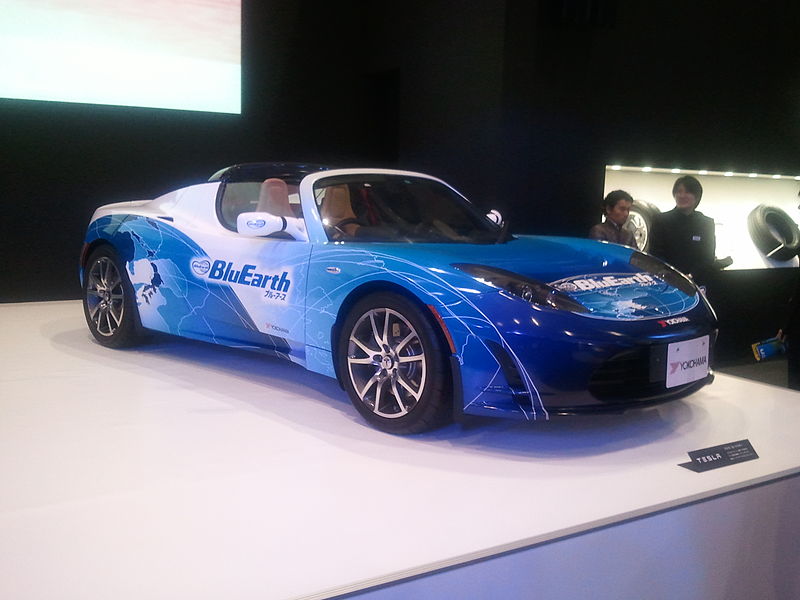
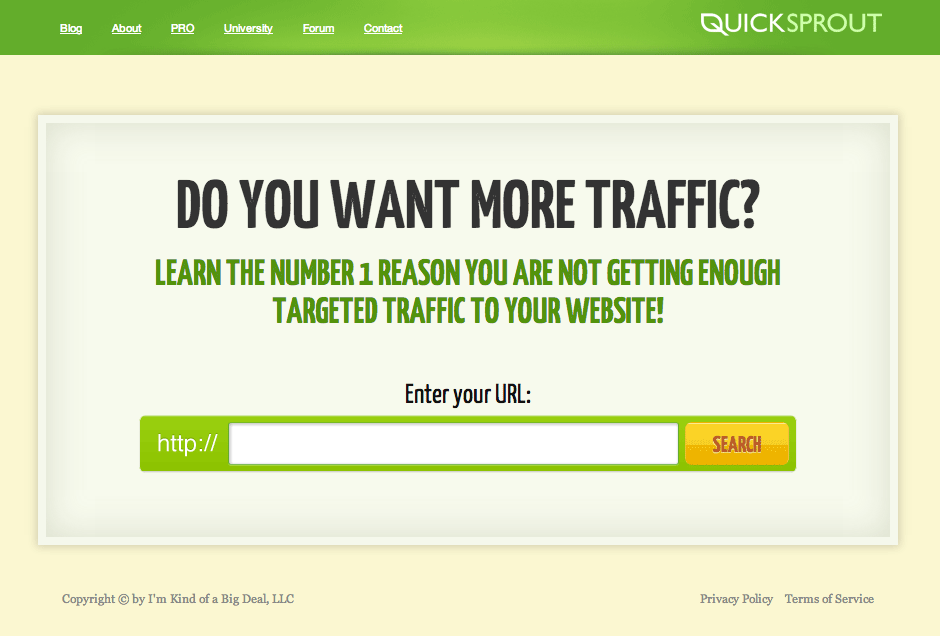
Comments (16)